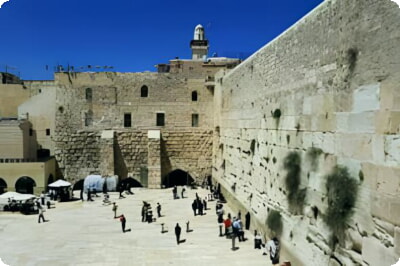Beit Shean: A Glimpse into Ancient Rome
Written by Jess Lee
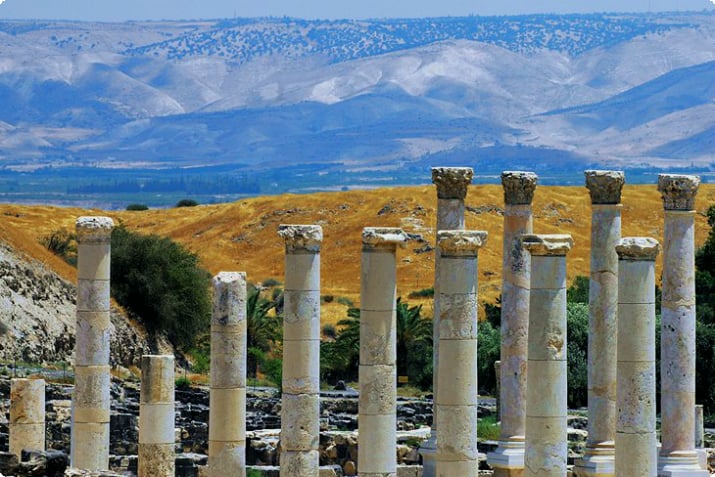
Beit Shean
Share:
For a journey back to ancient Rome, visit the remarkable archaeological site of Beit Shean in Israel, a top destination for history enthusiasts.
Roman Theater
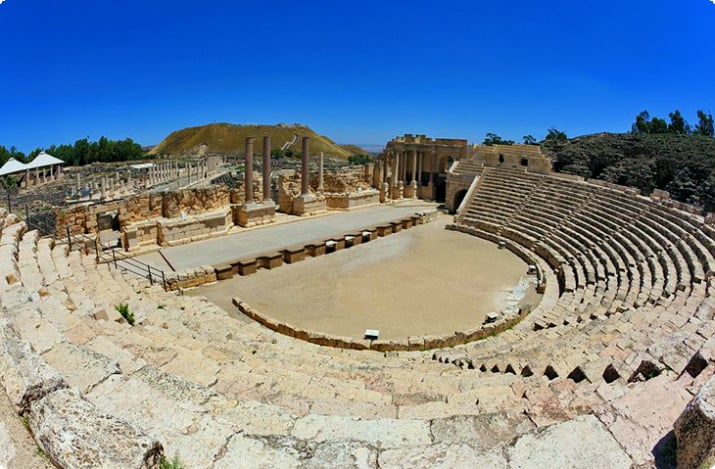
Roman Theater
Share:
The Roman Theater in Beit Shean, dating back to the late 2nd century, is Israel's most intact theater. It once seated 6,000 people, with the lower seating well-preserved and the stage wall adorned with columns and statues.
Tell el-Husn
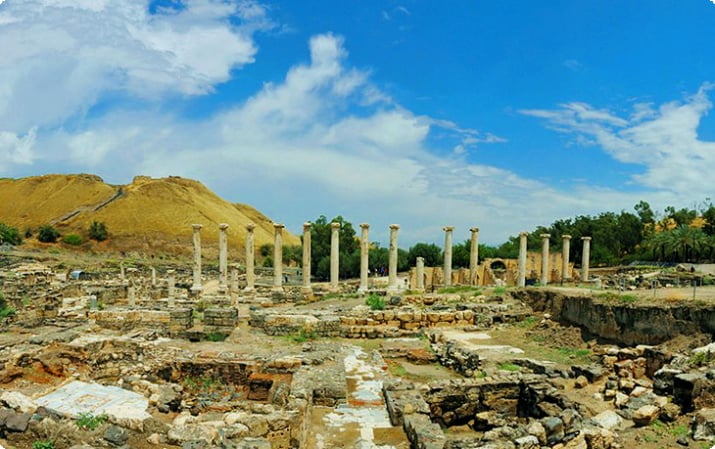
Tell el-Husn
Share:
North of the theater lies Tell el-Husn, a highlight of Beit Shean. Excavations have revealed artifacts from Egyptian rule, now displayed in the Rockefeller Museum in Jerusalem. The site's extensive ruins make it a must-see.
Bath House
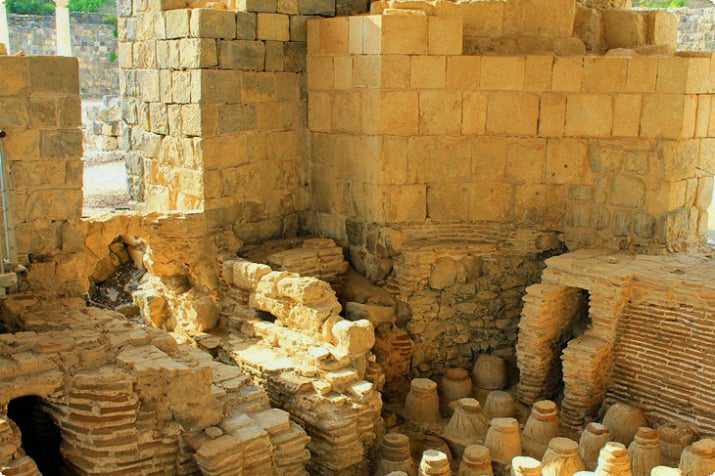
Bath House
Share:
The southern part of Beit Shean features a well-preserved Roman and Byzantine theater and a Byzantine bath house with intricate mosaics. Nearby, a colonnaded street connects to the city center, leading to a Roman temple and other historical structures.
Byzantine Remains
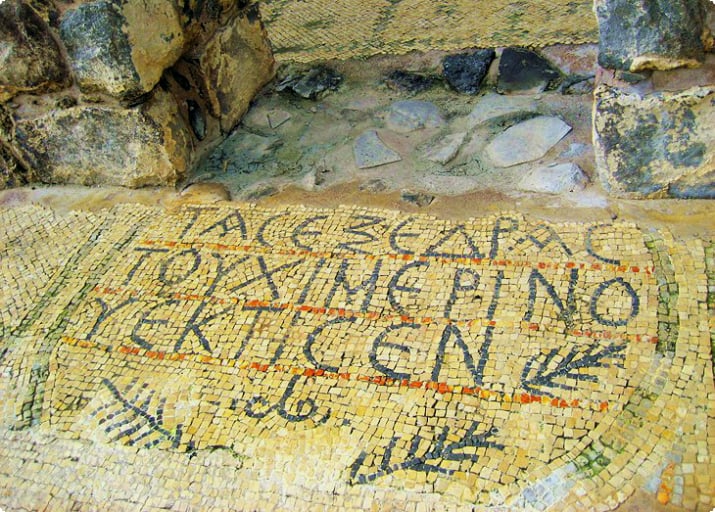
Byzantine Remains
Share:
North of Tell el-Husn, Byzantine remains include a monastery with exquisite mosaics, depicting various figures and inscriptions, and a church with Greek-inscribed gravestones.
Seraglio
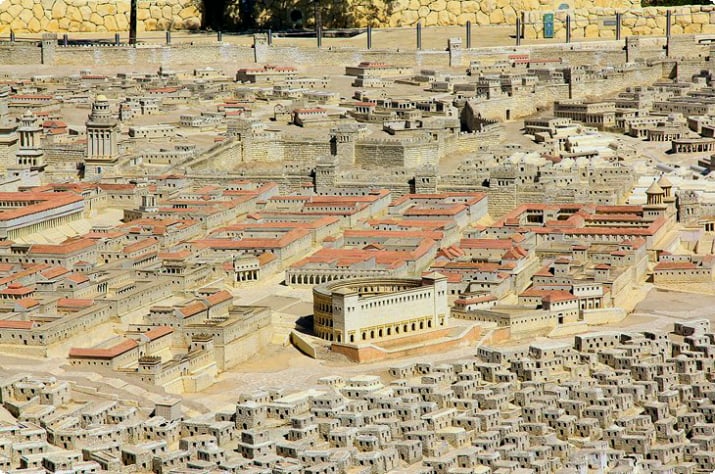
Seraglio
Share:
The Seraglio, an Ottoman-era building, now serves as a visitor center for Beit Shean. It provides historical insights and showcases a model of the city during Roman times.
Tips and Tactics: How to Make the Most of Your Visit to Beit Shean
- Wear a sun hat and bring water, as the site can get very hot with minimal shade.
- Bus 961 from Jerusalem to Tiberias stops at Beit Shean, taking two hours. From Tiberias, the same bus reaches Beit Shean in one hour.
History
Beit Shean's history spans from the 4th millennium BC, with significant periods under Egyptian, Philistine, and Roman control. It thrived under Roman rule due to its agriculture and textile industry. The Byzantine era saw a Christian majority and a Jewish community until an earthquake post-Arab conquest led to its abandonment. The town was revived in the 12th century and later became known as Beisan during the Turkish period, with the Seraglio as a relic from that time.



